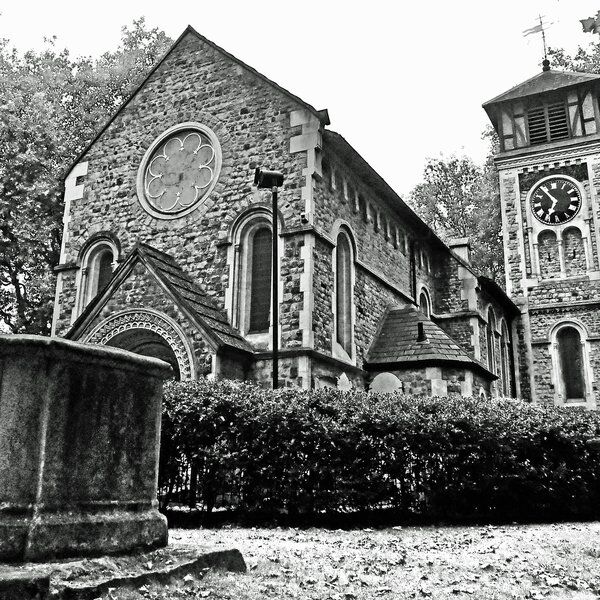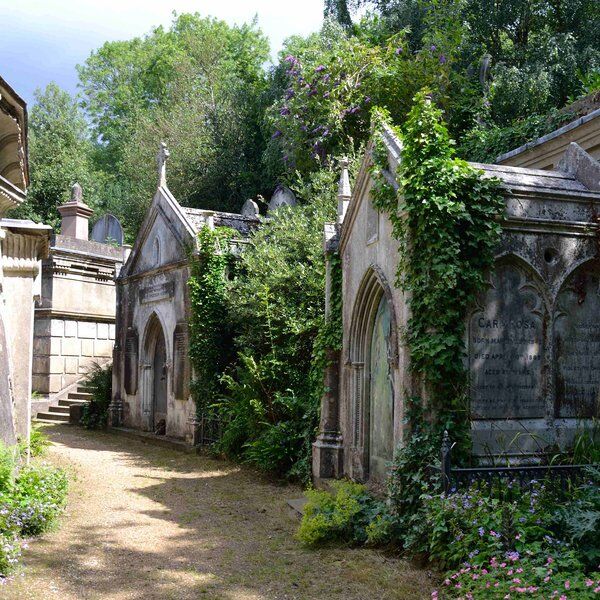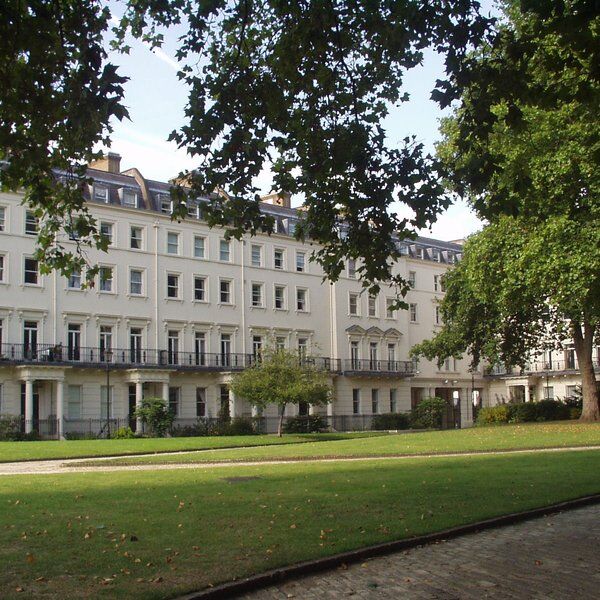Discover the Queen Victoria Memorial in London
The Victoria Memorial, dedicated to Queen Victoria’s remarkable 60-decade-reign from 1837 to her death in 1901, stands majestically at the end of The Mall in London. Its creation was part of an extensive urban planning scheme that included the development of Queen’s Gardens and the refacing of Buckingham Palace, both designed by the architect Sir Aston Webb.
The dedication ceremony of the Victoria Memorial took place on 16th May 1911. Although the main structure was revealed to the public, the memorial was not fully completed until 1924, with the final bronze groups of lions and other elements being added later. Prominently located in front of Buckingham Palace, the Victoria Memorial is a must-visit landmark in London, beloved by both tourists and local Londoners.
As well as celebrating Queen Victoria's reign the Victoria Memorial also honours the British Empire. While it symbolises the spread of British virtues across the globe, it also serves as a reminder of the empire's impact on indigenous populations and cultures.

Designing the Victoria Memorial
The Victoria Memorial was designed by Sir Aston Webb and sculpted by Sir Thomas Brock. The central pylon is made of Carrara and Pentelic marble, with statues crafted from Lasa marble and gilt bronze. Standing 25 metres tall and weighing 2,300 tons, this impressive structure is the largest statue dedicated to a monarch in England.
Details and Symbolism
The monument's design features a complex scene of sculptures, akin to the Albert Memorial in Kensington Gardens, which honours Queen Victoria's consort. At the top of the central pylon is a gilded bronze statue of Winged Victory, with her outstretched hand and palm frond, the statue symbolises peace and victory. Below, statues representing Constancy, Courage, Motherhood, Justice, and Truth encircle the base, symbolising the virtues Queen Victoria embodied. Motherhood faces Buckingham Palace, Justice looks towards Green Park, and Truth faces southeast.
There is also a colossal seated figure of Queen Victoria herself, wearing regal robes and holding the orb and sceptre, facing towards Trafalgar Square and out over her empire. Other details include mermaids, tritons, and cherubs in various poses, typical Edwardian and classical artistic styles. At the memorial’s base, four bronze lions symbolising Power, a gift from New Zealand, stand guard.

At the four corners of the memorial, massive bronze figures stand tall, depicting Peace holding an olive branch, Progress with a flaming torch, Agriculture with a sickle and sheaf of corn, and Manufacture with a hammer and scroll. These figures are expressions of industry, growth, and the prosperity of the empire.
Surrounding Features and Gates
The Victoria Memorial is surrounded by three ornate gates: the Australia Gate, Canada Gate, and South and West Africa Gate. Sculpted figures on each gate depict the abundance and richness of their respective lands. These gates not only enhance the memorial's beauty but also honour the contributions of these territories to the British Empire during Queen Victoria's reign.
Sir Thomas Brock
Sir Thomas Brock was the artistic force behind the detailed sculptures of the Victoria Memorial, which took a decade to create. His work captures the essence of Victorian virtues and the dominance of the British Empire. Brock's statues are powerful in their depiction of Victoria's reign, her dedication to justice, and her role as the mother of a huge empire.
Sir Aston Webb
Sir Aston Webb, who designed the setting for Brock's monument, which included The Mall, envisioned the Victoria Memorial as a centrepiece of this grand design. Webb's architectural style, known as Edwardian Baroque, is evident by the way the memorial blends with its surrounding landscape. The result is a striking landmark that draws visitors from around the world. However, despite its grandeur, the memorial has faced challenges, including damage during anti-austerity protests in 2013.

Creating the Victoria Memorial
Why was the Victoria Memorial Created?
Despite numerous statues and memorials already present in London, King Edward VII, Victoria’s eldest son, believed that a larger, more significant monument was needed to honour her extensive and impactful reign. King Edward arranged for a joint Parliamentary committee to develop the plans, though the government refused to fund it, leaving the costs to be covered by public and national donations.
The committee's first meeting took place on 19th February 1901, at the Foreign Office in Whitehall, with Arthur Bigge, 1st Baron Stamfordham, as the first secretary. Initial meetings were held behind closed doors, and details were kept from the public until the Lord Mayor of London, Sir Joseph Dimsdale, made an announcement that the memorial would be "monumental."

Finding the Perfect Location
Several locations were considered, including Westminster Abbey and Green Park. However, on 26th March, it was decided that the memorial would be situated outside Buckingham Palace. After this decision a competition was held to determine the design. Five architects were invited to submit their plans. By 21st October 1902, Sir Thomas Brock was chosen as the sculptor, and the project was estimated to cost £200,000.
Funding the Victoria Memorial
Funding for the memorial came from donations across the British Empire and public contributions. Significant amounts were collected, including £25,000 from the Australian House of Representatives and £15,000 from the New Zealand government. By October 1901, approximately £154,000 had been raised. Contributions even came from African tribes, facilitated by Alfred Lewis Jones, who arranged for their goods to be transported to Liverpool for sale.
With more money collected than needed, additional funds were allocated to other projects, including the construction of Admiralty Arch and the re-facing of Buckingham Palace in Portland stone. Sir Aston Webb, who designed the surrounding area of the memorial, oversaw these projects. The lower half of the memorial was revealed to the public on 24th May 1909, attracting thousands of visitors.

Unveiling the Victoria Memorial
The Victoria Memorial was unveiled by King George V, on 16th May 1911, in a ceremony attended by thousands, including German Emperor Wilhelm II. Both were elder grandsons of Queen Victoria and arrived with their families in a royal procession. The event included Members of Parliament and representatives of various armed forces. Winston Churchill, then Home Secretary, carried the text of the speeches, while Lord Esher spoke on the significance of the memorial. The ceremony, which lasted thirty minutes, ended with the announcement that Thomas Brock, the sculptor, would be knighted.
Cultural Significance of the Memorial
The Victoria Memorial has been a central feature in numerous events over the years. During Queen Elizabeth II's Golden Jubilee in 2002, it was used as a platform for a grand fireworks display. In 2012, it became the centrepiece for the Diamond Jubilee Concert, featuring performances by renowned artists and drawing a large audience both in person and through broadcasts.
The memorial also marked the end of "Our Greatest Team Parade" on 10th September 2012, celebrating British athletes' successes at the 2012 Summer Olympics and Paralympics. The area from Admiralty Arch to the Victoria Memorial was reserved for ticket holders. The ceremony concluded with a flypast by the Royal Air Force and the Red Arrows.
Visiting the Victoria Memorial in St. James's Park
Located near Buckingham Palace, the Victoria Memorial is easily accessible and a popular destination for tourists and locals. Visitors can stroll through the surrounding Memorial Gardens of St James’ Park, after admiring the individual sculptures that make up the memorial, reflecting on the remarkable monarch it represents. Each element of the memorial, from the Dominion Gates (Canada Gate, Australia Gate, South and West Africa Gates) to the intricate sculptures, is a symbol of Queen Victoria’s reign and the empire she governed.

Explore London with CityDays
The best way to discover more hidden gems around London is to take your time and, ideally, have a pre-planned route that takes you past all the noteworthy nooks and hidden gems.
We can help you there!
The City combines the fun of an outdoor treasure hunt with the historic facts and whimsical trivia of a walking tour.
Answer riddles, solve puzzles and learn more about London’s 2000-year-old history in a new and interactive way - plus you get 20% off food and drink at a historic pub chosen by us!
Take the stress out of planning your visit to London and book your adventure today!
Not visiting London this time? Don’t worry, you’ll find us all over the world.














